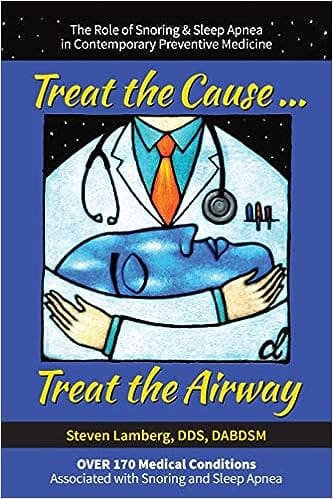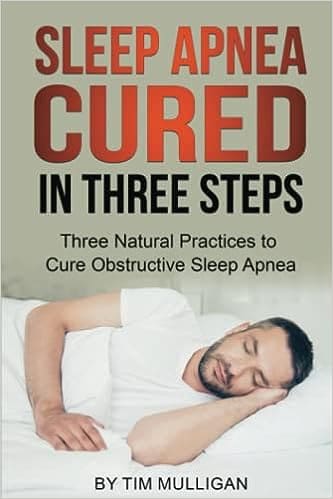Definition
Sleep apnea is a sleep disorder characterized by pauses in breathing or shallow breaths during sleep. These pauses can last from a few seconds to minutes and occur repeatedly throughout the night.
Expanded Explanation
Sleep apnea is a common sleep disorder that affects the way a person breathes during sleep. It is primarily categorized into three types: obstructive sleep apnea (OSA), central sleep apnea (CSA), and complex sleep apnea syndrome (CSAS).
In obstructive sleep apnea, the most prevalent form, the airway gets partially or completely blocked during sleep due to relaxed throat muscles, tongue, or other soft tissues. This obstruction restricts the airflow, causing brief awakenings and disruptions in sleep patterns. Central sleep apnea occurs when the brain fails to send proper signals to the muscles responsible for breathing. CSAS is a combination of both obstructive and central sleep apnea.
Importance
Understanding sleep apnea is crucial as it can have significant impacts on an individual’s health and overall well-being. The disorder affects millions of people worldwide and can lead to various serious health complications if left untreated. Sleep apnea is associated with daytime sleepiness, fatigue, poor concentration, impaired cognitive function, and an increased risk of accidents. It also contributes to the development or worsening of conditions like hypertension, heart disease, stroke, and diabetes.
Context and Usage
Sleep apnea is commonly discussed in the fields of sleep medicine, neurology, pulmonology, and otolaryngology. Healthcare professionals and researchers use the term to diagnose, treat, and study the disorder. Patients suffering from symptoms such as loud snoring, interrupted breathing during sleep, and excessive daytime sleepiness may seek medical help, and healthcare providers will employ the term sleep apnea in their evaluations and conversations.
It is important to recognize the context in which sleep apnea operates and understand its impact on individuals and society as a whole. Public health campaigns and educational initiatives raise awareness about the disorder, promoting early detection and effective management.
Examples
- Example 1: John often wakes up gasping for breath at night and feels tired during the day. After undergoing a sleep study, he was diagnosed with obstructive sleep apnea.
- Example 2: Mary had a heart attack, and her doctors discovered that her untreated sleep apnea had contributed to the cardiovascular complications.
Understanding Sleep Apnea
A common misunderstanding about sleep apnea is that it is merely excessive snoring during sleep. While snoring can be a symptom of sleep apnea, it is not the defining characteristic. Sleep apnea involves breathing interruptions that can lead to oxygen deprivation and fragmented sleep, resulting in a variety of significant health consequences.
Related Glossary Terms
- Continuous Positive Airway Pressure (CPAP) – a treatment method for sleep apnea that involves wearing a mask over the nose or mouth during sleep, delivering a continuous flow of air to keep the airway open.
- Polysomnography – a diagnostic test used to monitor and record various physiological factors during sleep, including brain activity, eye movements, oxygen levels, and heart rate.
Visual and Reading Aids
External Resources
Related Articles
- Discover 10 Powerful Ways to Overcome Sleep Apnea Naturally: This post is a comprehensive guide offering ten evidence-based strategies to manage and reduce sleep apnea symptoms naturally.
- Dream Big: Finding the Perfect Sleep Apnea Machine in Canada: This article is a comprehensive guide designed to assist readers in identifying the ideal sleep apnea machine tailored to their needs in Canada.

